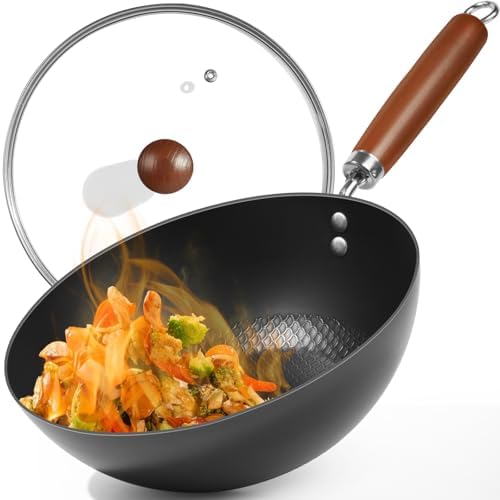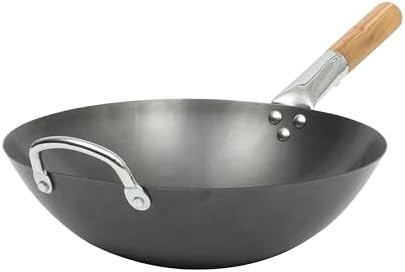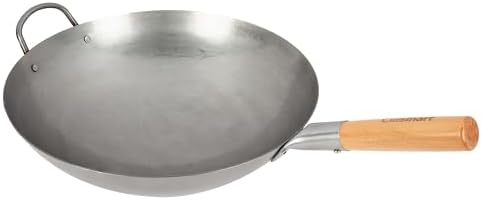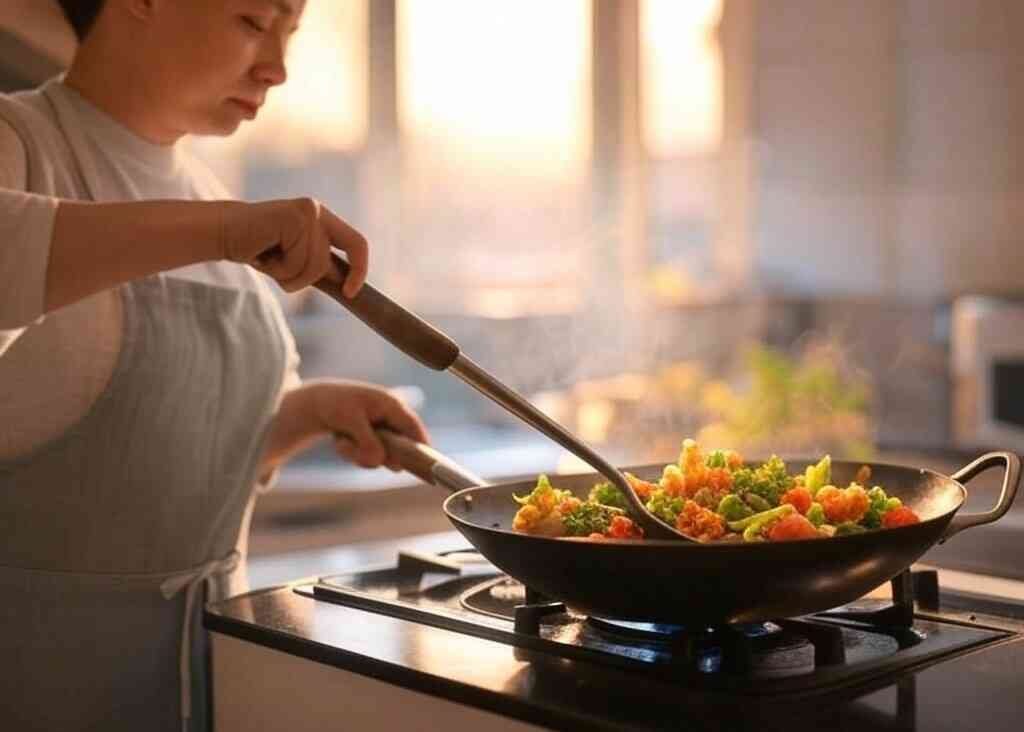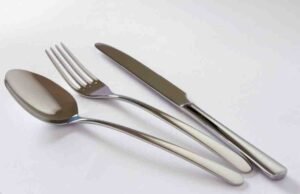When you are buying a wok, most people notice the handle material or type but do you really need a lid? Some woks come with a lid, and some don’t, and it’s not always clear if it’s a necessity or just an accessory. Let’s talk about when a wok lid matters, the kinds you can get, and how it affects cooking.
Why You Might Need a Lid: Essential for other cooking techniques
Wok lids enable you to trap steam and keep heat in, which is essential for other cooking techniques apart from stir frying, such as:
- Steaming dumplings or vegetables
- Simmering sauces or soups
- Braising meat
- Cooking rice or noodles directly in the wok
A lid renders your wok a versatile pan since you’ll be able to cook more than quick stir fries.
Wok Lid Pros and Cons
Pros:
- Enables steaming and braising
- Saves cooking time
- Helps in keeping dishes moist
- Keeps oil from splattering
Cons:
- Not always needed for traditional stir frying
- Can create steam buildup that affects texture
- Adds bulk to storage
- Some lids will not fit properly if bought separately
Types of Wok Lids
Glass Lids
- Let you monitor cooking without lifting
- Heavier but more fragile
Stainless Steel Lids
- Lighter and sturdy
- Retain heat well
Dome Shaped Lids
- Common in Asian cooking
- Allow space for steaming bigger pieces
Flat Lids
- Perfect for stacking or storing
- Take up less space
Make sure the lid fits snugly and covers the whole opening of your wok to trap heat effectively.
Buying Tips: Universal Lid
If your wok does not come with a lid, take note of the diameter in inches and manufacturer’s brand name to buy a compatible one.
You can also choose a universal lid that can accommodate pans of various sizes.
If you happen to have a lid from a large saute pan, see if it fits your wok that could save you money.
read more: Do You Really Need a Lid for Your Wok? Pros, Cons & Buying Tips
Final Thoughts: Reducing sauces, a wok lid becomes essential
While not necessary for every type of wok cooking, a lid truly expands what’s possible in the kitchen. If you’ll be steaming, simmering, or reducing sauces, a wok lid becomes essential. Choose one that fits your cooking needs and your wok snugly for best results.

